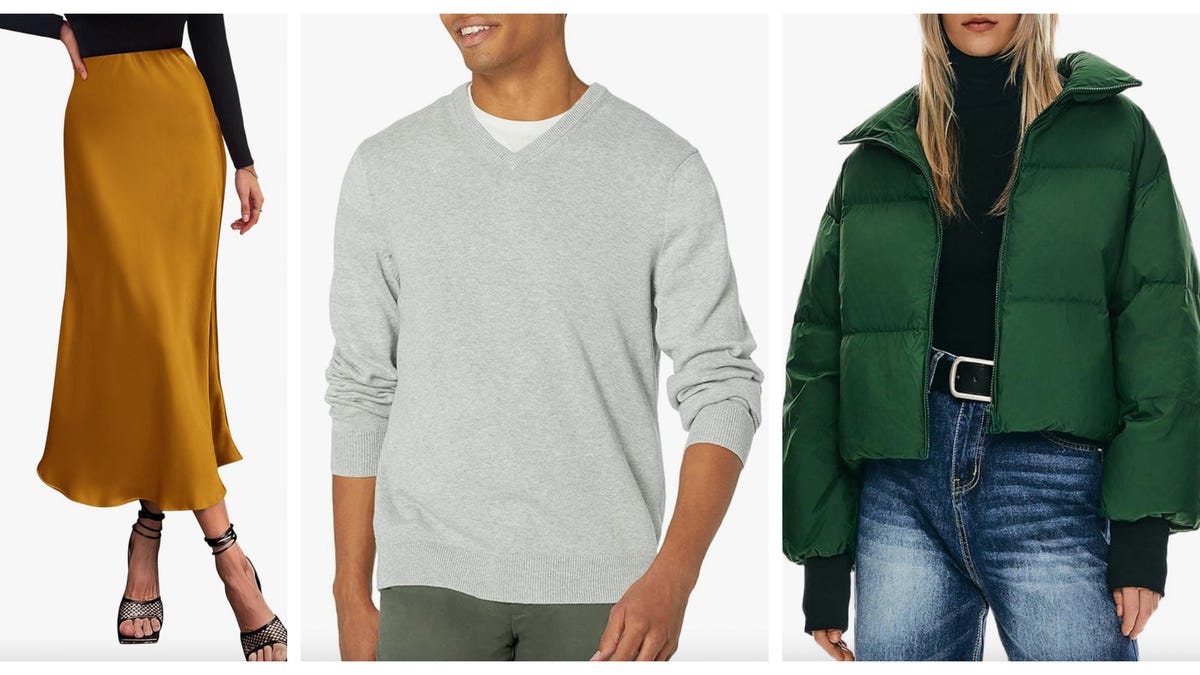Entertainment
How to Build the Next Great Social-Centric Entertainment Brands

This may seem like forever ago in social media years, but in 2020 when Friends left Netflix, it seemed like one of culture’s biggest moments. Everyone from Variety to Time Magazine treated it like a national tragedy.
But in social media especially, it took on a life of its own, becoming a reminder of the platform’s power within the entertainment ecosystem, where the value of IP is not just in licensing but in holistic brand building.
For a long time, the entertainment industry has been trying to tap that potential, making social media more central to the way it thinks about creating, distributing and promoting movies, TV shows and other content. And while there have been individual successes over the years — the “Barbie” movie seemed tailor-made for social success — this effort has mostly fallen short.
The reason for this misstep is simple: Most entertainment companies are legacy media brands that still think about “entertainment” within the confines of legacy platforms. For example, even modern TV companies start from a place of creating shows for broadcast and promoting them there as well.
But this misunderstands the current media landscape, where social media is statistically the most dominant form of mass communication. Some studies predict there will be more social users than TV viewers in the U.S. by 2025.
Entertainment companies must think about social media as the core component from which everything else radiates, or they risk becoming irrelevant.
The End of the Watercooler Show
Streaming services have turned TV and movies into a digital commodity — mobile, shareable and able to be dissected and discussed in depth on digital platforms of all types. This has completely changed the way people discover entertainment while increasing the speed of the conversation around it. Why wait to discuss shows the next day around the “watercooler” when you can have that conversation instantaneously?
Audiences have also changed in some pretty drastic ways. Everyone in entertainment — from production companies to actors and directors to animators and VFX artists — has to reckon with the radical shift in the nature of fandom.
Parasocial relationships are more common, with some studies estimating that 51% of Americans have been in one. This is significantly exacerbated by people’s ability to talk directly to anyone in entertainment via social media and brands encouraging this dynamic.
Not only are traditional watercooler shows over, but gone, too, are the early days when it was enough for Paris Hilton to document her life on reality TV. People want more and more access.
Going Social-Centric
The entertainment industry needs to do a better job of thinking about what is actually going to drive the conversation about its studios, movies, shows and actors on social, formalizing consistent strategies aligned to the expectations of social media audiences.
- World Building: Instead of ad hoc, purely promotional content, entertainment brands must commit to building entire worlds that offer fans deeper, platform-specific ways to engage with its content. Amazon’s The Boys is great at this, producing a unique and robust library of short films, art and more that expands the world of the show to social media. There, fans are served an experience where the world, companies and characters of the show are real, constantly in conversation with culture in a way that drives conversation on social and in the media. This world-building philosophy can extend outside of the digital space, so even out-of-home platforms can drive social-centric success if designed to strengthen the brand‘s identity, inspiring people to share it and thus making its reach significantly higher.
- Collaborations: Highly interesting collabs around an entertainment property is not only a great way to drive a lot of social media conversation but have social-native brands assure that your approach feels authentic and additive for your audiences. “Barbie” mastered this with more than 30 collaborations: travel with Airbnb; frozen treats from Cold Stone Creamery and Pinkberry; beauty products at OPI, NYX and Truly; and the fashions of Forever 21, Crocs, Bloomingdale’s, to name just a few. As an entertainment company, Netflix also does great pair-ups that drive social media attention.
- Access: People love hearing directly from talent, and it’s no longer enough for stars to go on late-night TV to promote a movie or film. On social, access is an expectation. WWE, for example, has soared over the years in getting their talent to be social media stars in their own right. It has created an amazing platform to spur the brand’s social presence, but the wrestlers also have large individual followings to cross-promote one another. This is what allowed WrestleMania 40 to leverage a co-created Fanatics event and become the highest-grossing event in the company’s history. With the show’s stars posting on their personal channels and fans getting behind-the-scenes peeks, WrestleMania transformed a TV event into a cultural phenomenon.
For fans, TV and movies are no longer the center of the entertainment media landscape, and social access is no longer an afterthought — and Hollywood needs to start acting accordingly. As more and more people come to experience the world through a social media lens, the industry’s future may depend on it.
Jason Mitchell is the co-founder and CEO of social media agency Movement Strategy.






/cdn.vox-cdn.com/uploads/chorus_asset/file/24435784/tokyostrava.jpg)


